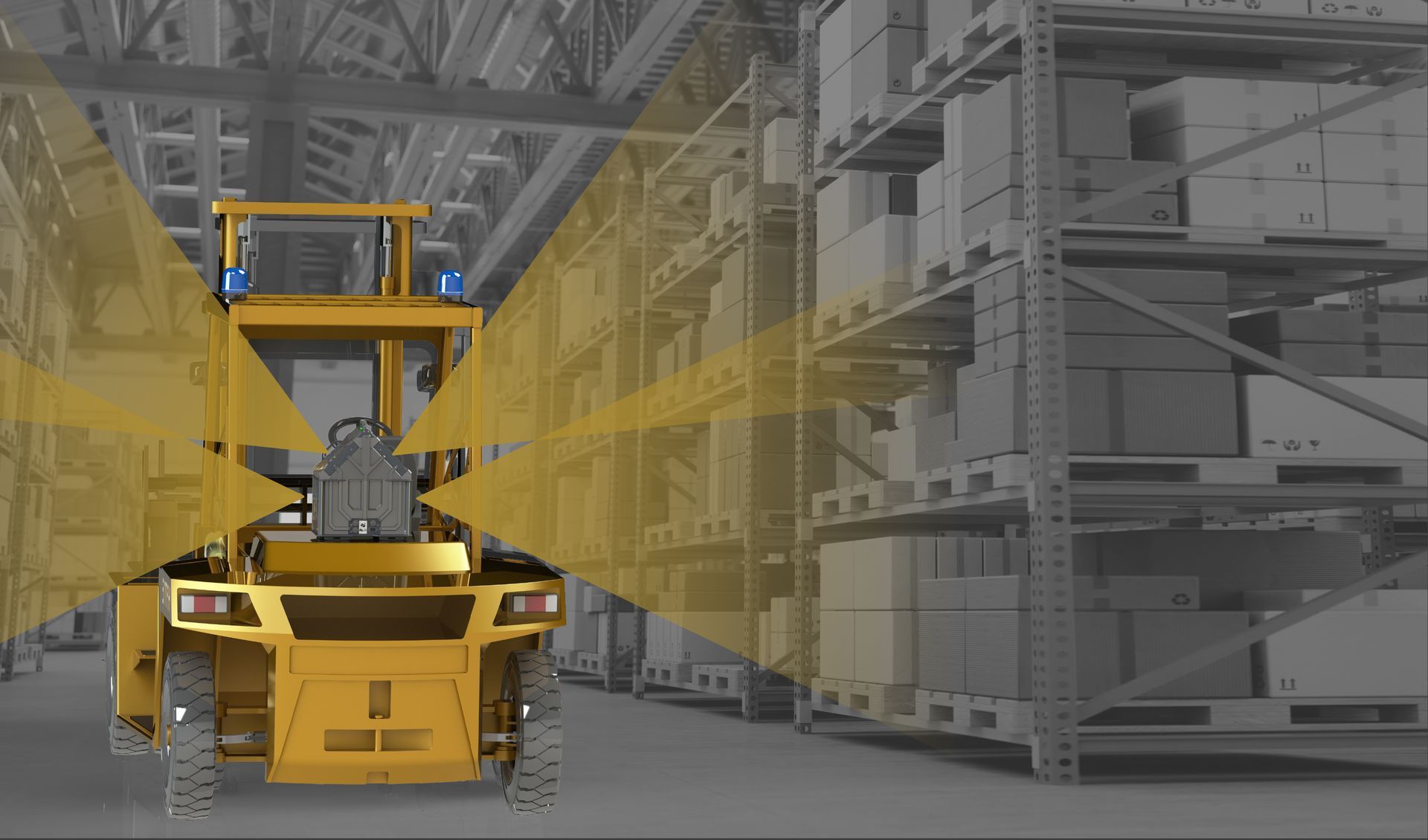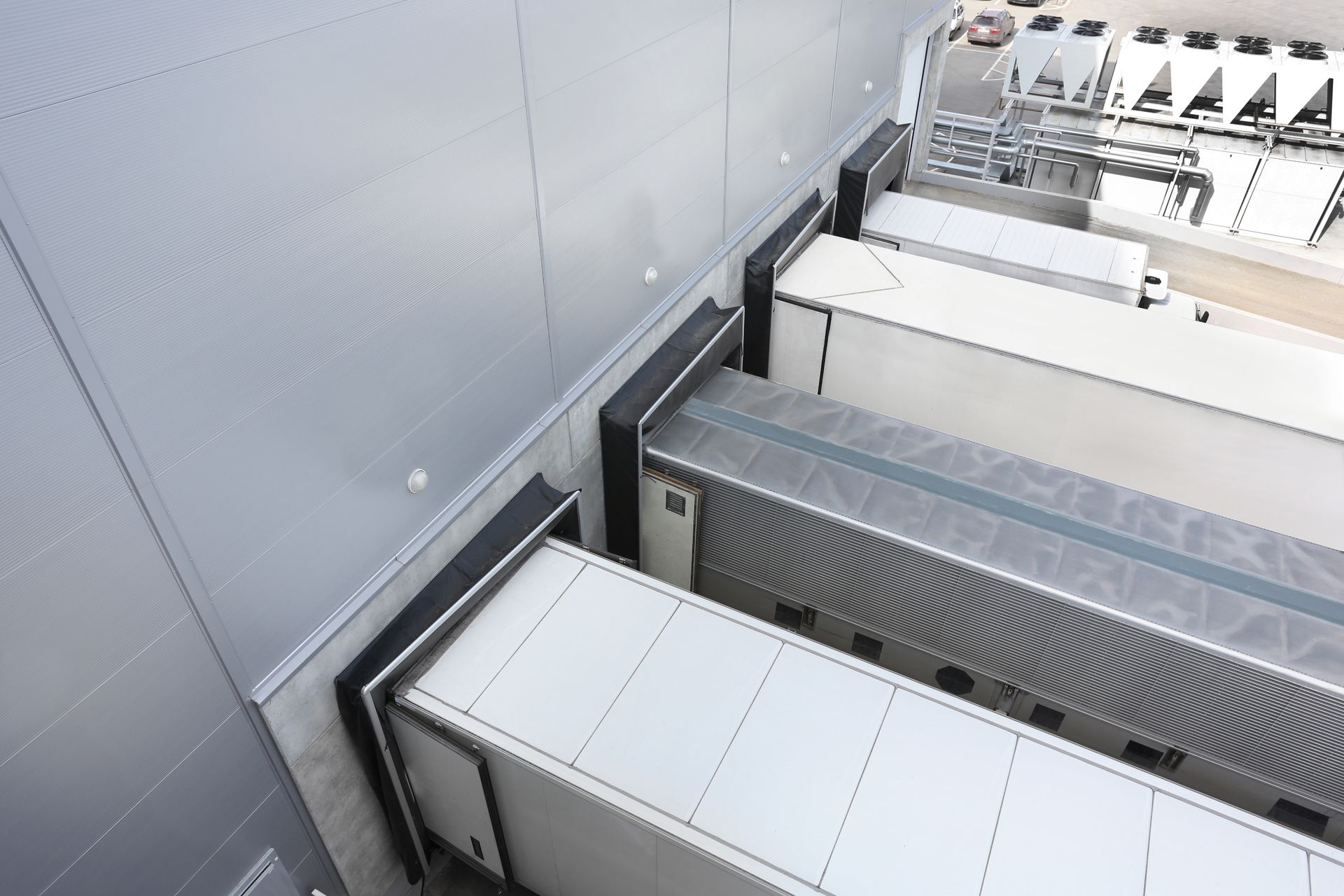4 benefits of HaaS-driven competitive advantage for RFID track and trace inventory management
Paul Farmer • May 10, 2023
Radio Frequency Identification (RFID) technology
has been a game changer for track and trace applications within the inventory management industry, enabling businesses to easily and accurately monitor their assets and supply chain fulfillment. However, the high costs associated with acquiring and maintaining the necessary hardware and software can be a barrier to entry for many companies. Fortunately, Hardware as a Service (HaaS) can help organizations overcome this hurdle by providing the necessary equipment and services on a subscription basis while driving additional operational benefits.
According to Harvard Business Review,
achieving true competitive advantage depends on two primary factors: cost and differentiation.
“A company’s cost position reflects the collective cost of performing all its value activities related to rivals, while each value activity has cost drivers that determine the potential sources of a cost advantage,” says HBR. In addition, “a company’s ability to differentiate itself reflects the contribution of each value activity toward fulfillment of buyer needs.”
HaaS solutions provide a unique opportunity to drive competitive advantage by both lowering Capex expenses in addition to enabling more flexibility in how operations can be run. But as we’ll see below, the benefits of HaaS don’t stop there.
There are
four primary benefits
of HaaS to drive competitive advantage for the RFID track and trace industry:
- Scalability
- Cost savings
- Flexibility
- Tracking & Reporting accuracy
Benefit #1: Scalability
One of the main benefits of HaaS is its scalability. The ability to quickly and easily add or remove hardware and software as business needs change is a significant advantage for companies operating in a dynamic industry such as track and trace. With HaaS, companies can adjust their technology requirements on demand, allowing them to respond rapidly to market changes and growth opportunities.
For example, Venatrust users can avoid high cost variability and maintain a low total cost of operations even during busy seasons when demand for inventory suddenly spikes. Venatrust enables large-scale cycle-count automation and real-time insights to inventory count and location to help operations leaders keep inbound and outbound orders processing efficiently. By not having to worry about purchasing and managing their hardware and software, companies can focus on their core business activities, such as improving processes, reducing costs, and increasing profitability year-round.
Benefit #2: Cost Savings
HaaS can provide significant cost savings for businesses operating in the track and trace industry. Instead of purchasing expensive hardware and software upfront, companies can pay a predictable monthly fee for the use of the equipment and associated services. This eliminates the need for large capital expenditures, which can be a financial burden, especially for smaller businesses. Additionally, HaaS providers are responsible for maintaining and upgrading the equipment, reducing the need for internal IT staff and associated expenses. By shifting the burden of equipment ownership to the HaaS provider, companies can improve their cash flow and allocate resources to other areas of their business.
Benefit #3: Flexibility
Another benefit of HaaS is its flexibility. Companies can choose the equipment and services that best suit their needs and adjust their requirements as needed. For example, a company may need more hardware during peak season or may require additional software functionality for a new product line.
HaaS allows companies to easily upgrade or downgrade their services without being locked into long-term contracts or incurring additional fees. Venatrust customers, for example, benefit from having all annual maintenance and servicing costs included at the time of purchase. This flexibility also extends to maintenance and support services, with HaaS providers offering various levels of support to meet their customers' needs. Venatrust solutions are fully managed and maintained throughout the duration of a company’s contract.
Benefit #4: Tracking & Reporting Accuracy
The accuracy of tracking and reporting is critical for businesses operating in the track and trace industry. By using RFID technology, companies can monitor their assets and supply chain with great accuracy. Venatrust solutions achieve 99.99%% accuracy and real-time visibility across all tracked assets to help companies identify any potential issues and address them quickly.
By leveraging HaaS, companies can focus on their core business activities, reduce costs, and improve their competitive position. As the track and trace industry continues to evolve, HaaS will become an increasingly critical component of companies' technology strategies.
Venatrust users are already seeing these benefits come to life. For example, one enterprise warehouse distributor
has enabled 3,300 monthly employee hours to be reallocated to other tasks after implementing Venatrust RFID solutions – translating to a projected $1.4 million in annual savings and a transformative increase in workplace productivity.

Across industries, business models, and types of inventories our customers manage, we’ve found one primary challenge to ring true for them all – how to generate real-time inventory visibility and insights to make smarter decisions, maximize warehouse capacity, and move inventory faster. Even though the term “big data” has been around since the early ‘90s, making data-driven decisions based on large volumes of unstructured data remains a challenge for many leaders today. While getting the data might not be the issue, we see many warehouse managers and supply chain leaders looking for better tools to synthesize raw data into insights and patterns that can foster better decision making, signal opportunities for innovation, and optimize operations to gain a competitive advantage. Venatrust solutions automate the capture of inventory count and location data with innovative RFID scanning technology and transform this information into actionable insights and visualizations that can help you predict and get ahead of inventory-related operational challenges. So how specifically are leaders like you harnessing the power of greater inventory visibility to increase their warehouse capacity and efficiency? Here are six key tactics that you might want to consider in your own distribution center environment: 1. Efficient Space Utilization Improved inventory visibility enables warehouse managers to have a clear understanding of the inventory levels and the space required to accommodate the products. With accurate and real-time information about stock levels, you can optimize the allocation of space within the warehouse, such as identifying and reallocating slow-moving or stagnant inventory, ensuring that products are stored more efficiently. Having this level of visibility to reallocate or consolidate such items frees up valuable storage space and allows you to make better use of their warehouse capacity utilizing available capacity to its maximum potential. 2. Demand Forecasting and Planning Inventory visibility provides valuable insights into product demand patterns and trends. By analyzing this data, warehouse managers can make more accurate demand forecasts and effectively plan for future inventory needs, helping inform decisions about stock replenishment, product assortment, and allocation strategies. This helps in aligning warehouse capacity with expected demand, preventing overstocking or understocking situations that can lead to inefficient space utilization, and optimizing the demand planning processes and reducing unnecessary inventory holding costs. 3. Optimized Inventory Replenishment With better visibility into inventory levels, warehouse managers can proactively initiate inventory replenishment and even start implementing or enhancing existing just-in-time inventory management strategies. You can also set up automated systems or reorder triggers that prompt restocking when inventory falls below certain thresholds. By closely monitoring stock levels this ensures the timely replenishment of inventory as needed you can reduce the need for excessive safety stock and optimize the utilization of available warehouse space, enabling smoother distribution operations. 4. Slotting Optimization Access to accurate inventory count information enables warehouse managers to optimize the layout and organization of their storage areas by identifying fast-moving products and prioritize their placement within the warehouse. By strategically positioning high-demand items closer to the shipping area or in easily accessible locations, managers can reduce travel time within the warehouse and improve overall efficiency. This optimization of slotting can help maximize the capacity of the warehouse by reducing congestion and minimizing the need for unnecessary movement. 5. Enhanced Warehouse Operations Visibility into inventory levels facilitates smoother warehouse operations by reducing errors and improving accuracy by consolidating multiple orders and batch picking activities. By enhancing order consolidation, managers can reduce the number of trips required for order fulfillment and lower transportation costs allowing warehouse staff to quickly locate items, pick orders accurately, and optimize their workflows based on real-time inventory information. Additionally, utilizing real-time inventory monitoring and alerts warehouse managers can receive automated alerts for low stock, overstock, or other inventory-related issues and take a proactive approach to prevent stockouts and reduce carrying costs. These efficiencies lead to increased throughput and a higher utilization of the available warehouse capacity. 6. Improved Collaboration with Suppliers Having comprehensive visibility into inventory levels and count provides warehouse managers with valuable data to enable better collaboration with suppliers. Real-time and historic inventory data can be shared with suppliers, allowing them to identify inefficiencies or areas of improvement within their operations, and plan production and deliveries more effectively. This collaborative approach of implementing data-driven strategies can help enhance collaboration with suppliers to help in reducing lead times, minimizing stockouts, and optimizing inventory levels, ultimately freeing up warehouse capacity. Enhance your inventory visibility by embracing the RFID tracking technology being adopted by the logistics industry Overall, increased inventory visibility empowers warehouse managers with accurate and timely information, enabling them to make informed decisions and optimize warehouse capacity. However, most warehouse leaders are still using outdated warehouse tracking technologies and don’t have adequate visibility into their inventory to realize the benefits of enhanced inventory visibility. The only way you can have the enhanced inventory visibility to realize these capacity and efficiency benefits is by embracing the RFID tracking technology that is being adopted by the logistics industry. With Venatrust’s innovative RFID track and trace system we are empowering warehouse managers with greater inventory visibility to optimize their existing warehouse capabilities. Existing customers are leveraging RFID technology to improve their warehouse capacity and efficiency to create a more responsive and agile supply chain. With bet ter visibility and control over inventory, you can quickly adapt to changes in customer demand, market trends, or unforeseen events. This enables you to respond faster to customer needs, reduce lead times, and outperform competitors in terms of order fulfillment speed and reliability, and enhance your overall warehouse efficiency and operations against your competitors. Curious to know how Venatrust can help? Contact us for a 15-minute discovery call today.

Managing inventory effectively can be a frustrating and costly endeavor, but is critical for running an efficient business. Whether it’s minimizing loss from stolen or mismanaged inventory, making sure stock levels are sufficient for customers, or having good product strategies, it’s crucial to have effective inventory control systems in place for your company to thrive.


